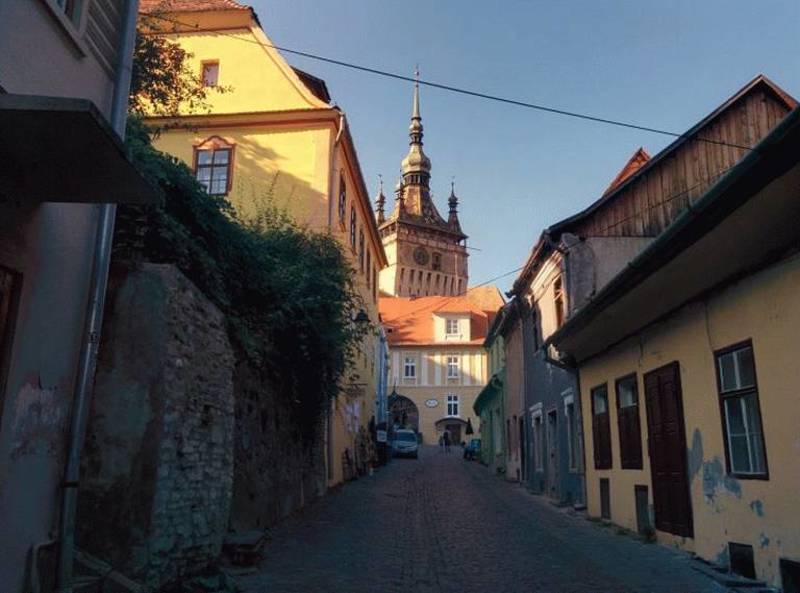Founded by Transylvanian Saxons during the 12th century, Sighisoara (Schassburg in German) still stands as one of the most beautiful and best-preserved medieval towns in Europe. Designated as a World Heritage Site by UNESCO, this perfectly intact 16th century gem with nine towers, cobbled streets, burgher houses and ornate churches rivals the historic streets of Old Prague or Vienna for atmospheric magic. It is also the birthplace of Vlad Dracula, also known as Vlad Tepes (Vlad the Impaler), ruler of the province of Walachia from 1456 to 1462. It was he who inspired Bram Stoker's fictional creation, Count Dracula.
His house is just one of the many attractions here. Others include the Church on the Hill with its 500-year-old frescoes, the 13th century Venetian House and the Church of the Dominican Monastery, known for its Transylvanian renaissance carved altarpiece, baroque pulpit, Oriental carpets and 17th century organ.
Sighisoara's citadel was built in the 12th century, when it was known as Castrum Sex (Fort Six), and was further strengthened and extended in the 15th century. The name must have existed long before, as the Saxons built their walled town on the ruins of a former Roman fortress. In 1298, the town was mentioned as Schespurch, while in 1367 it was called Civitas de Seguswar. The name of Sighisoara was first noted in a written document issued by Vlad Dracul, Vlad the Impaler's father, in 1431.
In the 14th and 15th centuries, the economic growth recorded by Sighisoara's industrious craftsmen and tradesmen ensured financial means for the construction of a strong defense system provided with 14 towers and several bastions provided with gunnery directed to all four cardinal points. Each tower was built, maintained and defended by a craft guild. Among the most striking is the 14th century Clock Tower. This tower controlled the main gate of the half-mile-long defensive wall and stored the city's treasures.
Sighisoara was not the biggest or richest of the seven Saxon walled citadels* in Transylvania, but it has become one of the most popular. A walk through the town's hilly streets with their original medieval architecture, magical mix of winding cobbled alleys, steep stairways, secluded squares, towers, turrets and enchantingly preserved citadel, is like stepping back in time.
* The seven walled citadels populated by the Saxons of Transylvania were known in German as the Siebenbürgen.
The other Siebenbürgen citadels were: Bistrita (Bistritz), Brasov (Kronstadt), Cluj (Klausenburg), Medias (Mediasch), Sebes (Mühlbach), Sibiu (Hermannstadt).
